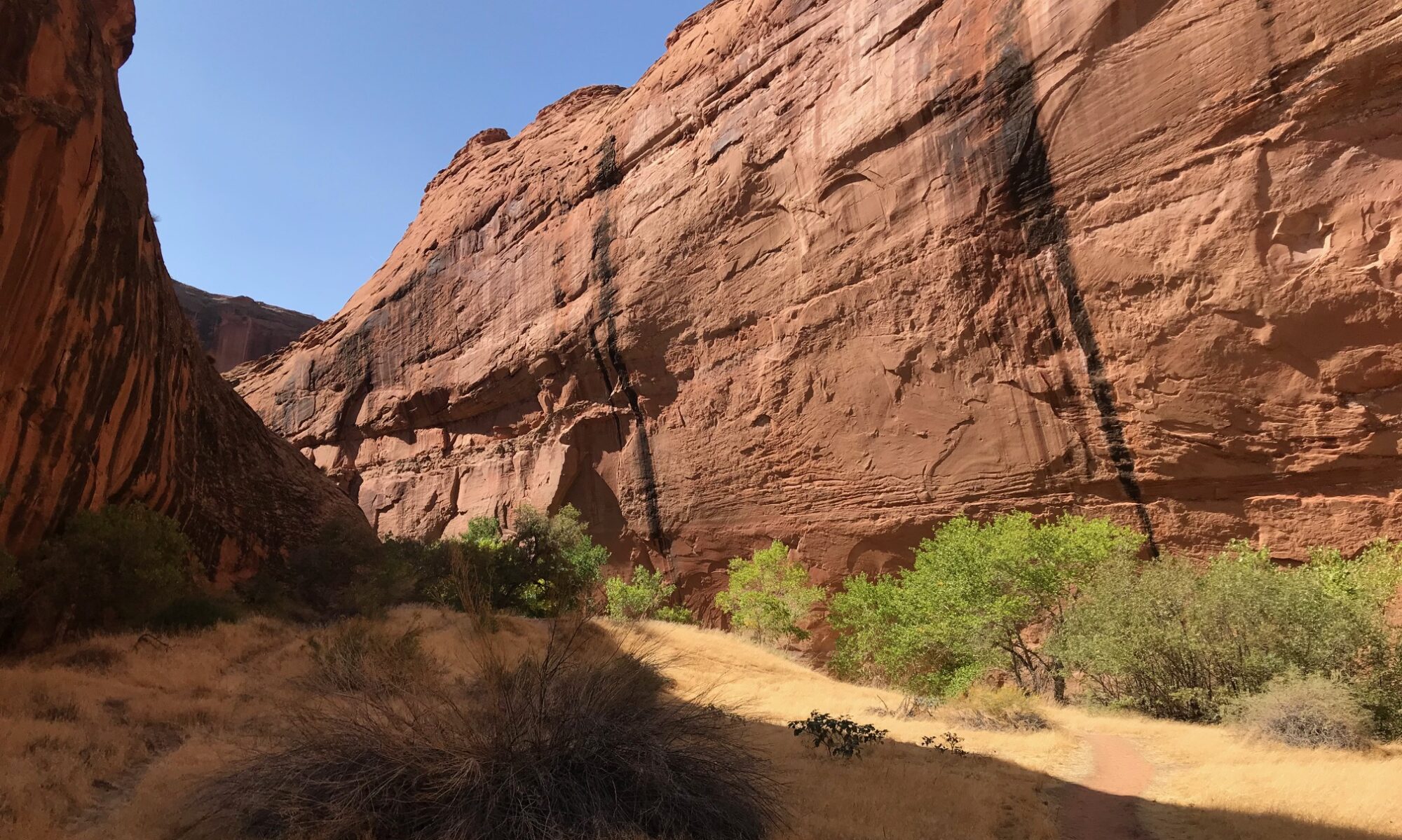By Gloria Gardiner, Steering Committee member
Growing up in Philadelphia, “nature” was what I saw during my father’s annual vacation from work, when we took the station wagon to visit my favorite aunt and uncle in Vermont. At that time, Vermont had, or was rumored to have, more cows than people. Highlights of our road trips were the forested Green Mountains, the winding, two-lane roads, the wooden covered bridges, the classic red barns, the 19th century grain mills, the refrigerators and stoves on the front porches of rural houses and the rusted cars and pick-ups in the back, the grazing Holstein dairy cows, swimming in Lake Champlain, and the University of Vermont Morgan Horse farm.
I probably became aware of the American Southwest as a child by watching black and white Westerns on TV. My first live view was the summer after my freshman year of college, when my then-boyfriend and I drove across the country and visited my brother, who was in school in Berkeley. The route we took didn’t include Utah’s Red Rock Country, unknown to me at the time. Mile after mile of driving on an arrow-straight highway, surrounded by sand with almost no vegetation, made me drowsy. The car ran off the highway into a ditch in Nevada. A friendly, paunchy Sheriff’s Deputy with a bottle of whiskey in the glove box took us to the nearest town of Battle Mountain. We spent a week there waiting for parts for a Datsun. This was 1971.
In the 1990s, a long-time friend and I began exploring national parks in Utah during our vacations from work. We car camped, hiked, and photographed. We were hooked. Over the years, we visited national parks and monuments, BLM lands, and state parks in Arizona, New Mexico, Colorado, Washington, Oregon, Wyoming, Nevada, and California. Southern Utah was our favorite place. Somewhere along the way, I found SUWA and became a member.
The American West is spectacularly beautiful, and I love much of it, but there is something special about southern Utah. That’s why, after he received a diagnosis of Stage 4 lung cancer, my friend and I drove to Moab for the last time to hike and photograph in Arches and Canyonlands National Parks and BLM lands on the Colorado River. Like Oregon and Washington’s Columbia River Gorge, which was protected from rampant urban and commercial development by the 1986 National Scenic Area Act, Utah’s Red Rock Country must be protected and preserved for all of us and for the future by Congressional passage of America’s Red Rock Wilderness Act.

